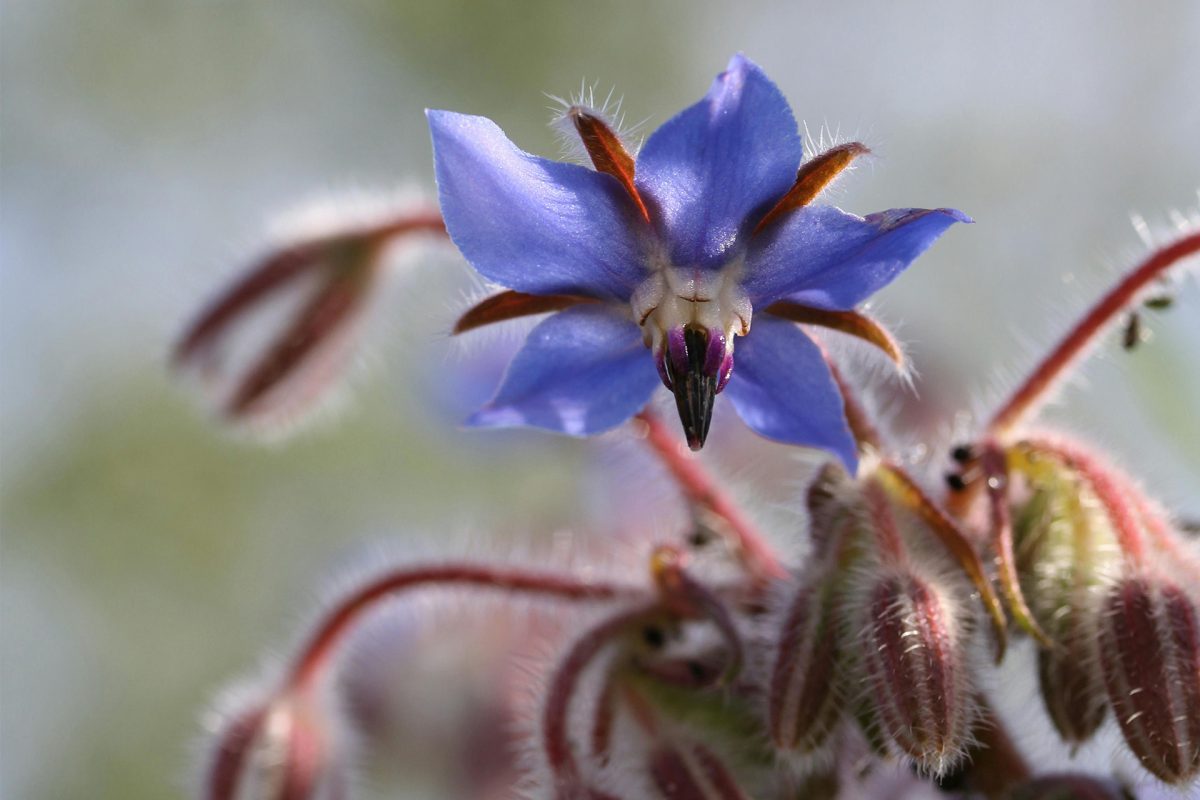YETRAC
Growing Borage at the Allotment: A Detailed Guide
Growing Borage at the Allotment: A Detailed Guide
Borage is a hardy annual herb that’s incredibly easy to grow. Its delicate star-shaped blue flowers are not only beautiful but are also highly attractive to bees, making it a fantastic plant for any allotment. Both the leaves and flowers are edible, and they impart a subtle cucumber-like flavor, ideal for garnishes and salads.
Sowing Borage
Borage seeds can be sown directly into well-worked soil from March to May. Choose a sunny location with moist soil, as borage thrives in bright light. It can also be grown in containers if space is a concern.
When sowing, space the seeds about 8 to 10 inches apart. Borage benefits from being grown in clumps, allowing the plants to support each other as their hollow stems grow tall. There is no need to thin out the seedlings as they mature.
Growing Borage
Borage is relatively low-maintenance but does require regular watering during dry spells. The roots are shallow, so it’s easy to pull out and control if necessary. Ensure the soil remains well-moistened, but don’t allow it to dry out completely.
As borage tends to self-seed, it will continue to produce flowers throughout the season. It can be pulled easily if you want to limit its spread or confine it to a specific area in your allotment.
Borage also makes an excellent companion plant for strawberries, as it attracts bees and butterflies, which helps with pollination.
Harvesting Borage
You can harvest borage flowers and young leaves throughout the growing season. They are best used fresh, whether in salads, garnishes, or drinks. The leaves can also be sautéed and used similarly to spinach.
Borage is a highly versatile and easy-to-grow plant that enhances both the beauty and functionality of your allotment, thanks to its appeal to pollinators and edible uses.
Growing Borage: A Summary
Sowing Borage
- Sow directly outdoors from March to May
- Choose a sunny, sheltered location
- Sow in clumps to support each other as they grow
Growing Borage
- Water regularly during dry periods, ensuring soil doesn’t dry out
- Easy to pull if needed to control growth
- Makes a good companion plant for strawberries
Harvesting Borage
- Pick flowers and young leaves regularly
- Use fresh for garnishes or sauté the leaves
Borage’s bright flowers, beneficial for bees, and its edible leaves make it a great addition to any garden. It’s a simple, yet rewarding plant that can provide beauty, food, and attract essential pollinators to your allotment.

